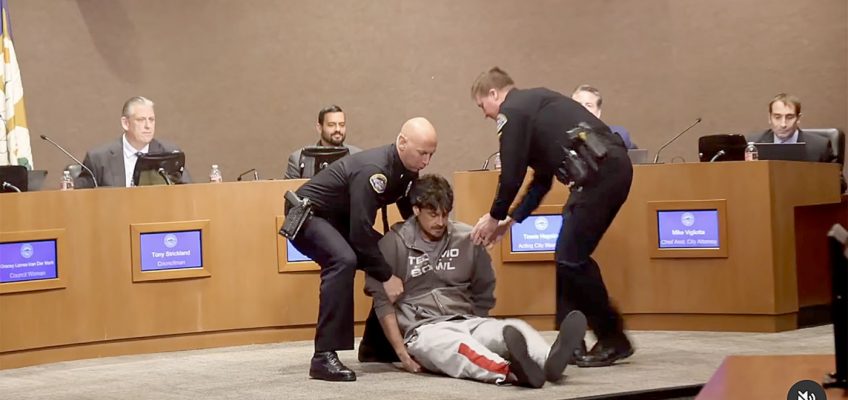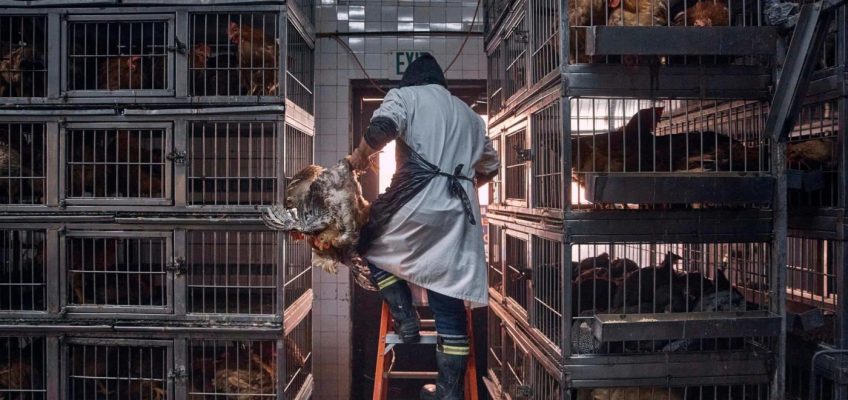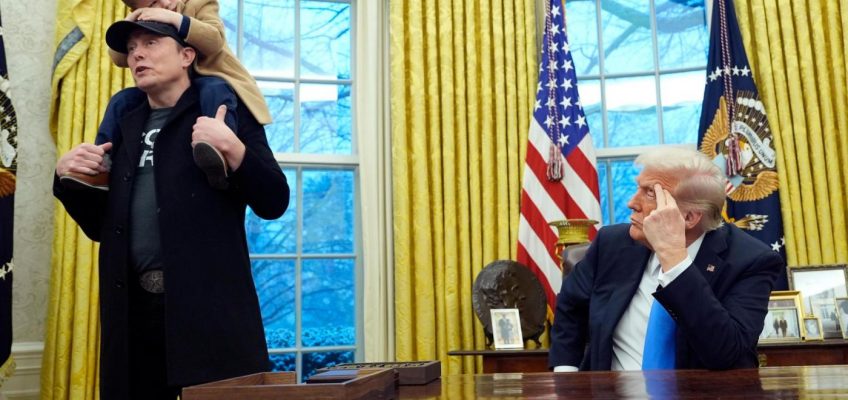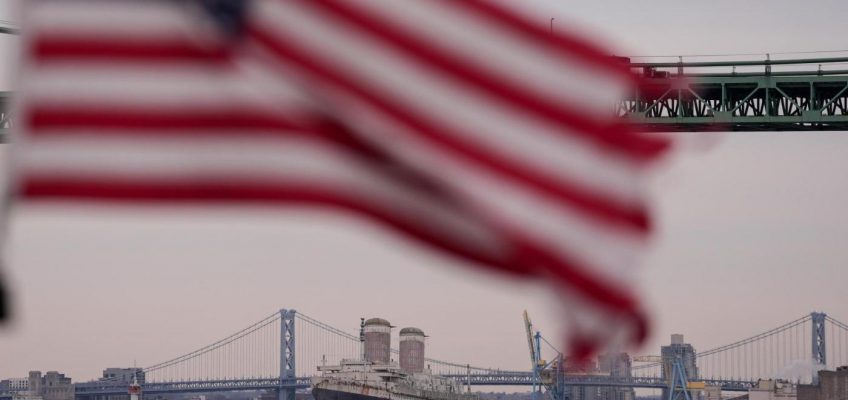Former NFL punter Chris Kluwe was arrested for disputing a Southern California city council meeting Tuesday when he went beyond the lectern during public comment and took a few steps toward the councilmembers, which he called “peaceful civil disobedience.”
Kluwe, during public comment at the Huntington Beach City Council meeting, spoke against a proposed library anniversary plaque with a “MAGA” acrostic on it. The plaque, which was later approved on Tuesday with a slightly altered design, had brought Kluwe and other residents to the meeting to speak out against it.
Kluwe, a resident of Huntington Beach, California, said everyone was in favor of a plaque to celebrate the library but not one with “MAGA” on it. He then gave examples of what the MAGA phrase exemplifies to him, including erasing transgender people from existence, book bans, and “firing air traffic controllers while planes are crashing.”
Related: ‘MAGA’ Huntington Beach library plaque approved with design change
He concluded his public comment by saying he would “engage in the time-honored American tradition of peaceful civil disobedience” and took a few steps toward the council’s dais beyond the lectern he was using.
A group of Huntington Beach police officers quickly arrested Kluwe for disrupting an assembly, and the council recessed for a few minutes. Kluwe was carried out of the council chambers by several police officers.
Kluwe, 43, was cited and released by police after spending about four hours in custody, he said in an interview on Wednesday, adding that the Huntington Beach police officers were professionals throughout the situation.
“This was done not with the intention of changing the council’s mind, because I don’t think those minds can be changed,” Kluwe said. “It was done so that people who are watching and people who will watch understand that this is important enough to get arrested for. That it’s important to stand up and speak truth to power and to do so in a way that other people can emulate.”
Kluwe said the plaque was more “propaganda” than celebrating the library’s milestone.
The plaque, meant to commemorate the 50th anniversary this year of the Huntington Beach Central Library’s opening, has at the bottom the words “Magical,” “Alluring,” “Galvanizing,” and “Adventurous” next to each other to spell out MAGA.
Below that, it says, “Through hope and change our nation has built back better to the golden era of Making America Great Again!”
“Hope and change” and “build back better” were slogans for former Presidents Barack Obama and Joe Biden, respectively.
It was approved by the City Council unanimously.
“A public library is supposed to be welcoming to anyone who wants to come in and check out a book and learn,” Kluwe said. “And so this attempt to politicize it with an explicit MAGA reference on the plaque shows that they don’t care about the public library. They care about making a propaganda statement.”
Councilmember Gracey Van Der Mark, who submitted the updated design, also said the council had raised an extra $1,000 to pay for a spotlight installation to protect the plaque from vandalism. The council said the plaque was paid for by private donations.
The plaque is planned to be placed outside the library’s entrance and will be paired with a dedication ceremony to commemorate its installation, according to a city staff report recommending its approval. It also says, “Commemorating 50 years of being a beacon of education, a catalyst for dreams, and a sanctuary for children to feel safe, valued, and free to grow,” along with the names of the current Council members.
Kluwe grew up in Seal Beach, California, and attended Los Alamitos High School. He then went on to be a punter for UCLA and then for eight years with the Minnesota Vikings.
Kluwe, during his time in the NFL and after, has been an outspoken social activist on various issues, including in support of LGBTQ+ rights and marriage equality. He was part of a group that protested then-Vice President Mike Pence, who spoke at a Newport Beach fundraiser in 2017.




